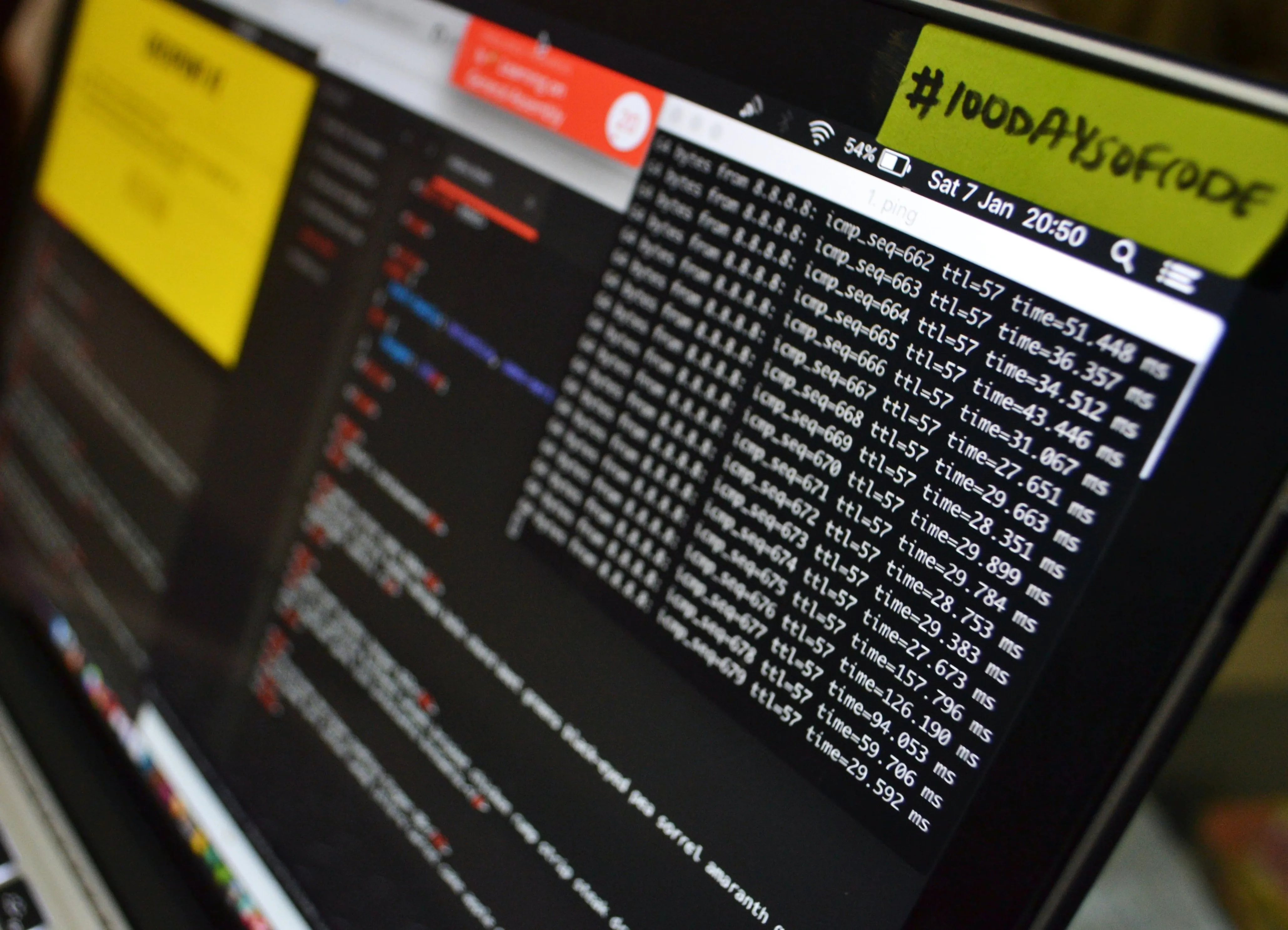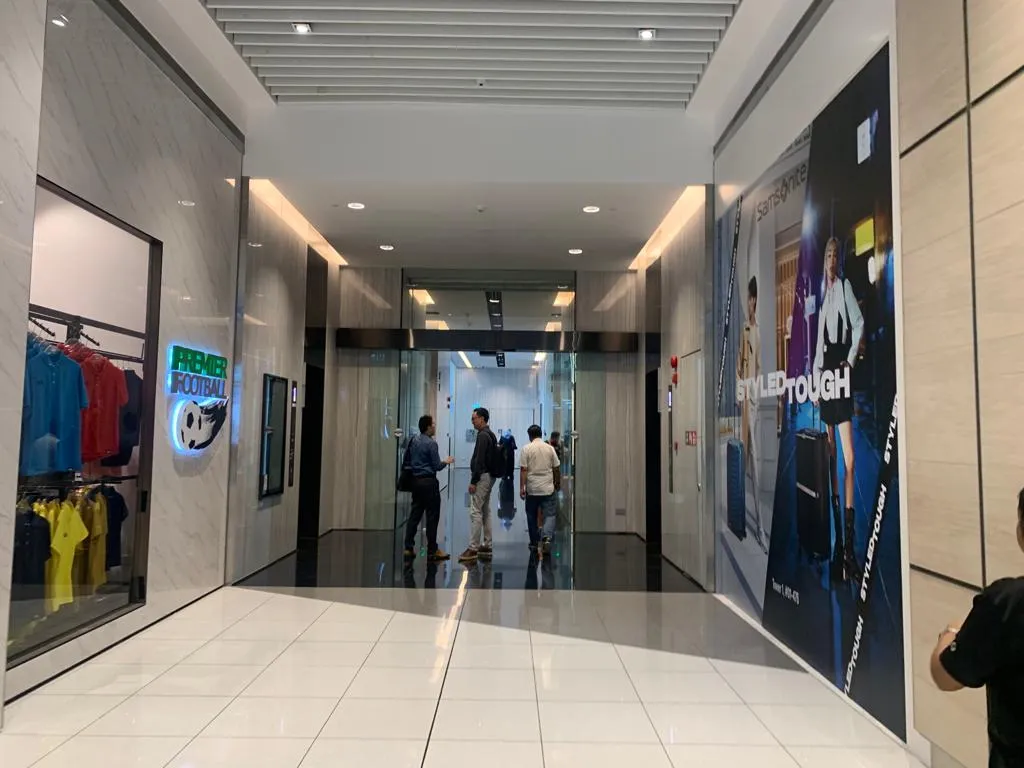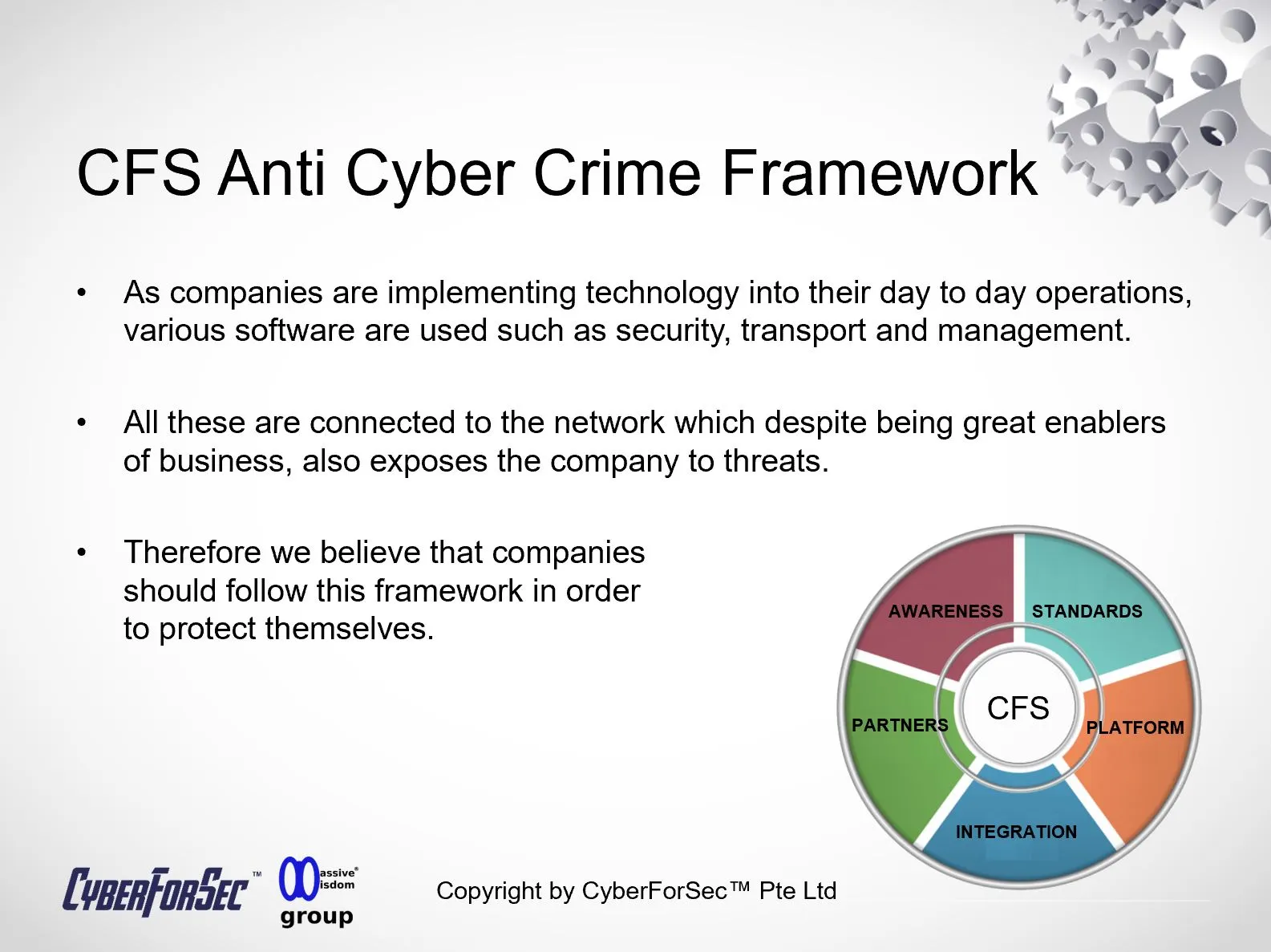Demystifying Blockchain Layers: Understanding L1, L2, and L3
Blockchain technology has evolved beyond its initial conception, giving rise to various layers that enhance its functionality and scalability. In this article, we'll explore the different layers of blockchain—L1, L2, and L3—and their respective roles in shaping the future of decentralized systems.

L1: The Foundation of Trust
- L1, or Layer 1, represents the foundational layer of the blockchain. It includes the base protocol and consensus mechanism.
- Bitcoin and Ethereum are examples of L1 blockchains, each with its own consensus algorithm (proof-of-work for Bitcoin, and initially, Ethereum, before transitioning to Ethereum 2.0's proof-of-stake).
Key Characteristics of L1 Blockchains:
- Decentralization: L1 blockchains aim to distribute authority across a network of nodes, reducing reliance on central entities.
- Security: The immutability of data and cryptographic mechanisms contribute to the robust security of L1 blockchains.
L2: Scaling Solutions and Efficiency Boosters
- L2, or Layer 2, solutions are designed to address scalability challenges and enhance transaction throughput.
- Examples include sidechains (like Bitcoin's Lightning Network) and rollups (such as Optimistic Rollup and ZK-Rollup).
Roles of L2 Solutions:
- Scalability: L2 solutions alleviate network congestion by processing transactions off-chain or in a more efficient manner.
- Cost-Effectiveness: By reducing the load on the L1 blockchain, L2 solutions can offer lower transaction fees.
L3: Cross-Chain Interoperability
- L3, or Layer 3, is a concept that focuses on interoperability between different blockchains.
- Projects like Polkadot and Cosmos are working on creating ecosystems that enable communication and data exchange between various blockchains.
Interconnected Blockchain Networks:
- L3 aims to create a seamless experience for users and developers, allowing assets and information to flow seamlessly across multiple blockchains.
- Cross-chain protocols and bridges facilitate communication between distinct blockchain ecosystems.
The Future of Blockchain Layers:
- Collaboration: L1, L2, and L3 layers are not mutually exclusive; they can work together to create a more efficient and interconnected blockchain landscape.
- Innovation: Ongoing research and development are likely to introduce new layers and technologies, further enhancing the capabilities of blockchain networks.
Understanding the distinct roles of L1, L2, and L3 layers is crucial for navigating the complex and dynamic world of blockchain technology. As advancements continue, these layers will collectively contribute to building scalable, efficient, and interconnected decentralized systems that redefine how we approach transactions, data storage, and digital trust.
For More Information On Blockchain Solutions, approach the CyberForSec Team!
By Alvin Lam Wee Wah
and Team at CyberForSec.
Interested in what you've read and want to know more or collaborate with us? Contact us at customersuccess[a]cyberforsec.com replacing the [a] with @.















